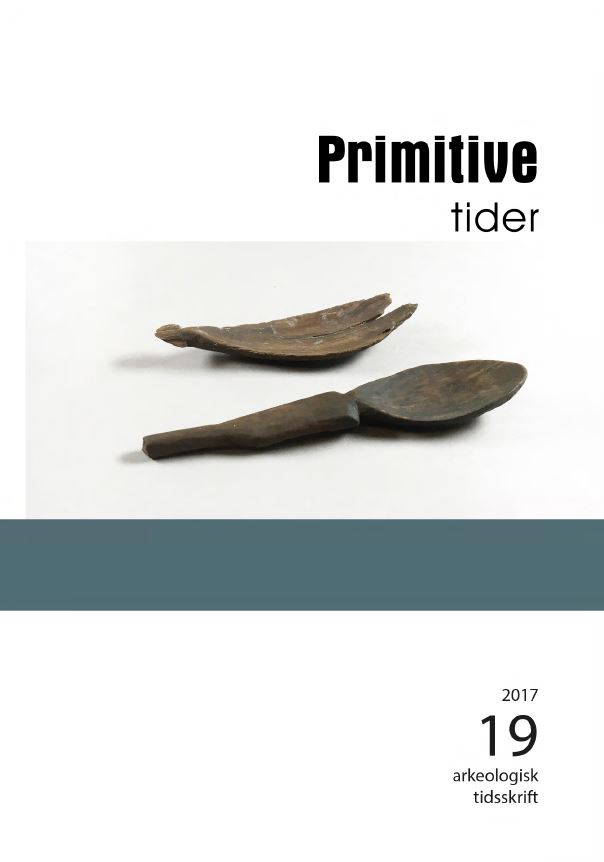Towards a better understanding of cooking techniques in the African Middle Stone Age
DOI:
https://doi.org/10.5617/pt.7164Sammendrag
In the first part of this paper, we present the first review of cooking techniques in the African Middle Stone Age. We show that the current knowledge is based on a restricted number of studies and on zooarchaeology and archaeobotany and that the research implies that MSA cooking consisted of roasting meat, shellfish, fish, and perhaps plant food on or by the fire. Nevertheless, potentially heated quartzite was found during recent excavation at Klasies River main site, and cooking could have been one reason for heating the rocks. We designed a series of experimental studies to examine the formation of these rocks and report on two pilot experiments in the second part of the paper. Experimental fires were conducted to heat locally sourced quartzite. One sample group was heated on an open fire, while the second sample group was heated on an open fire and subsequently dropped into water. Both groups were heated three times and the colours of the rock samples recorded before the experiments and between each heating episode. After the experimental fires, both sample groups displayed colours that were similar to the ones found in the archaeological sample. The heated quartzite sample also displayed cracks and breaks that were similar to the archaeological sample, but the water-exposed sample did not. The results from the experiments points to intentional heating of the archaeological sample, but not to the use of hot-rock boiling in the MSA.
Publisert
Utgave
Seksjon
Lisens
Fra og med årgang 2021 er innholdet i Primitive Tider lisensiert gjennom Creative Commons Navngivelse 4.0 Internasjonal (CC BY 4.0).
© CC BY-NC (2014–2020)
Verk mellom 2014 og 2020 lisensieret under en Creative Commons Navngivelse-IkkeKommersiell 4.0 Internasjonal.
© Forfatter(ne) (1998–2013)
Verk mellom 1999 og 2013 er beskyttet av åndsverkloven. Uten eksplisitt autorisasjon er reproduksjon kun tillatt i den grad dette er i henhold til loven, eller etter avtale med rettighetshaver eller en kollektiv forvaltningsorganisasjon.


